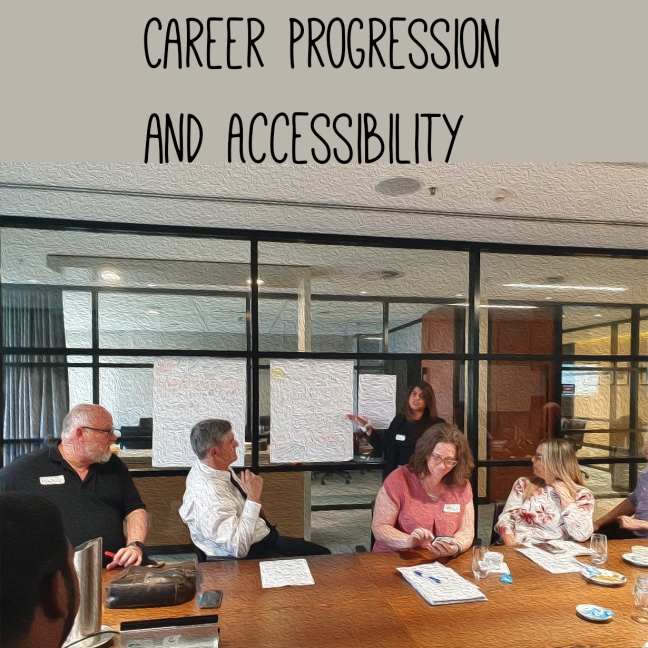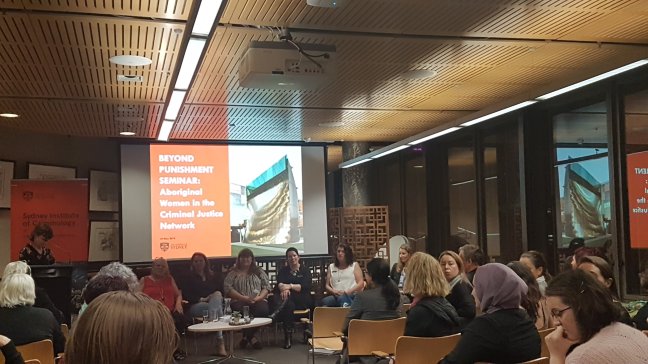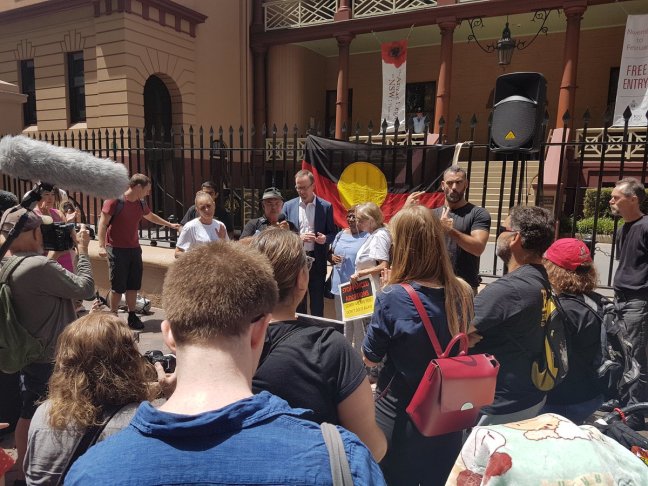On Thursday 23 May 2019, I attended at the Sydney University Law School Beyond Punishment Seminar Series: Aboriginal Women in the Criminal Justice Network. The speakers discussed data on Aboriginal and Torres Strait Islander women in prison, and programs to support them in the state of New South Wales (NSW). ‘Aboriginal’ women in the context of the talks and the discussion below also encompasses Torres Strait Islander women.*
Before I tell you more about the talks, I’ll set the scene, looking solely at the adult prison context affecting Aboriginal women being targeted by the criminal justice system.
Over-incarceration is an issue best examined through a lens of intersectionality, a term originally exploring the limitations of dominant definitions of discrimination under industrial law (Crenshaw 1989: 150). Legal outcomes of Aboriginal women are simultaneously impacted by race, gender, class and other systemic inequalities. Lack of legal resources available to Aboriginal women to navigate the legal system is born of concurrent racial justice and gender inequalities. Economic disadvantage, poor access to therapeutic and other health services, and housing insecurity are preconditions of offending; these are class and racial justice issues. Sexual violence and poverty of Aboriginal mothers are typical of imprisoned women’s backgrounds at a rate that is much higher than male prisoners (Stathopoulos and Quadara 2014). Again, these are both racial and gendered issues, which are interconnected with colonial violence and intergenerational trauma.
I am writing on 26 May; National Sorry Day. This day commemorates the truth-telling of the Bringing Them Home report, the documentation of the Stolen Generations. Around 100,000 Aboriginal and Torres Strait Islander children were forcibly taken from their families under our racist social policy. The first institution built to ‘civilise’ Aboriginal children through the use of violence was in Parramatta, New South Wales (Marlow 2016). From 1910 to 1970, across the nation, Aboriginal children were forced to forget their culture, language and spirituality. They were placed into neglect by Christian-run missions and into White foster care (AHRC 1997). Today, the state continues to forcibly remove Aboriginal children from their families at four times the rate as non-Indigenous kids (Zevallos 2017). New forced adoption laws in New South Wales mean children placed in care will be forcibly adopted (Zevallos 2019). For Aboriginal women in prison, this will almost certainly mean losing legal rights to see their children. Fracturing families through the imprisonment of mothers is another way in which colonial violence continues in the present-day.
Forced removal of Aboriginal children leads to cultural disconnection, exposure to child abuse, an increased likelihood of entering the criminal justice system, and trauma for mothers. These are gender, race and class dynamics unique to Aboriginal women, their families and communities. Continue reading Racial and Gender Justice for Aboriginal Women in Prison





